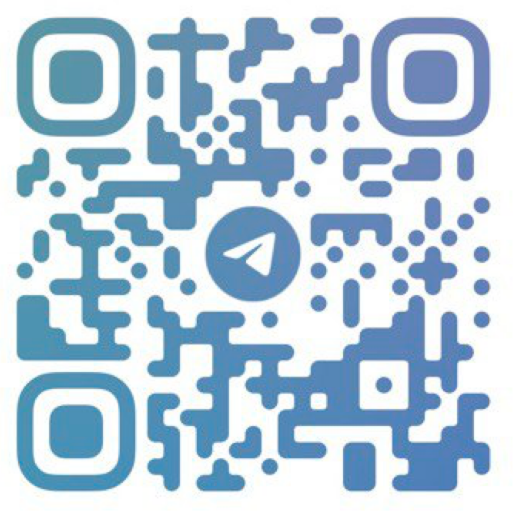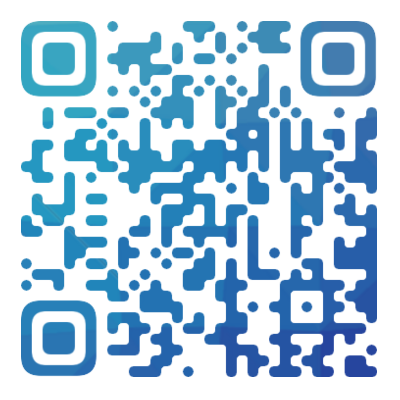Guarding Against Blockchain Scams: Enhancing Protection with Tokenomics Filters
Guarding Against Blockchain Scams: Enhancing Protection with Tokenomics Filters
In the realm of cryptocurrency, DeFi, and decentralized exchanges, an array of scams continues to emerge, aiming to deceive traders and investors and abscond with their funds. Among the most common fraudulent tactics are the "rat trap" and "rug pull." These schemes primarily manifest on platforms like Ethereum's Uniswap, SushiSwap, as well as PancakeSwap on the Binance Smart Chain. In this article, we delve into the mechanics of these scams and offer strategies to help you avoid falling victim.

The Rug Pull
When you purchase tokens, they are typically added to a liquidity pool. This pool constitutes locked funds within a contract, providing a pool for buying and selling tokens. Automated market makers use these pools for quick and efficient trading, bypassing the need for someone to match your trade.
Scammers launch a new token, attach it to a liquidity pool, and await purchases. Once enough people buy into the token, scammers drain the liquidity pool and abscond, leaving you with worthless tokens.
Scammers often promote their tokens on social media or forums, attracting people to buy. They post various promotional materials, including fake press releases, comments, and price predictions. They may even employ personnel to promote their tokens on social media. These promotional efforts aim to lure more people into buying their tokens.
Rat Trap
For investors lacking time or experiencing multiple setbacks, the rat trap can be insidiously difficult to identify. Even experienced crypto traders can fall into this trap. Experienced traders might succumb when they witness a token continually rising and impulsively jump in.
How to Avoid These Scams?
Here, we provide two tools for learning. Etherscan and BscScan are highly valuable tools for detecting scams and fraud in cryptocurrencies. These websites allow you to input token IDs and scan blockchain data to view token holders and liquidity pools.


Specifically, you can find token trackers on these websites and explore the "Holders" section to gather information about token holders. This is valuable as it enables you to scrutinize token distribution and determine if a few major holders control the token.
In addition to Etherscan and BscScan, other tools can assist in detecting crypto scams. One such tool is Token Sniffer. It's a website where you can input token IDs and conduct automatic contract audits. If Token Sniffer detects any alerts, you should avoid the project.
Keep in mind that some projects might trigger a message stating "No similar token contracts found." This might occur because many projects use contract templates, and a custom contract might mean it was written without using a template. However, these custom contracts might carry additional risks, as they might not have been thoroughly tested and could contain unknown vulnerabilities.
Conduct Thorough Research
One of the best strategies to prevent scams is conducting proper due diligence.
This means you need to examine who created the token, carefully inspect related websites, review token code, and thoroughly understand team members. In essence, this entails researching a project thoroughly before investing funds or effort.
- Scam projects often emerge suddenly, launching the following within a day:
- A website
- Forks (copies) of yield farms, NFT markets, etc.
- Thousands of social media followers
- Airdrops/giveaways with an unusually high number of followers
- Examine their social media:
- Legitimate projects hire professional social media managers, writers, and content creators.
- Brands will be standardized and attractive. Text will be clear and concise.
- High-quality content, documentation, and informational articles will be linked.
- Investigate their followers on Telegram and Twitter:
- Dead followers and fake accounts are low-cost.
- Accounts are often not very old, created within a week or possibly lasting a few months.
- They often have absurd IDs like "Ray12321dadafew."
- They usually match their usernames.
- No information
- Fake pictures, often of attractive individuals.
- Their tweets lack substance, typically featuring many tags and retweets.
- Steer clear of tokens associated with wallets holding a large portion of the supply.
- Pay attention to liquidity pool unlock conditions. Even if locked, they might be unlockable if the contract allows. In-depth contract analysis might require programming knowledge.
- Watch out for audits. If the token contract lacks an audit from a reputable firm, there's a potential risk of pool withdrawal or other dangers. Stay vigilant!
- Minting Function:
- A minting function allows the contract owner to create more tokens at any time. Sometimes owners mint a bunch of tokens for themselves, then sell them, suppressing the token's price and making off with the money.
- Soft Rug Pull - Rat Trap Price Dump:
- Scammers create seemingly normal tokens but distribute a large number of tokens to wallets they control, creating a "rat trap."
- For instance, they might distribute 20% of the total supply to 500 wallets, with each wallet holding a mere 0.04%. As people buy into the token and the price rises, they gradually start selling. They continue to sell as more people buy, emptying all controlled wallets.
Please specify source if reproducedGuarding Against Blockchain Scams: Enhancing Protection with Tokenomics Filters | CoinNav- Blockchain Trading Starts Here

